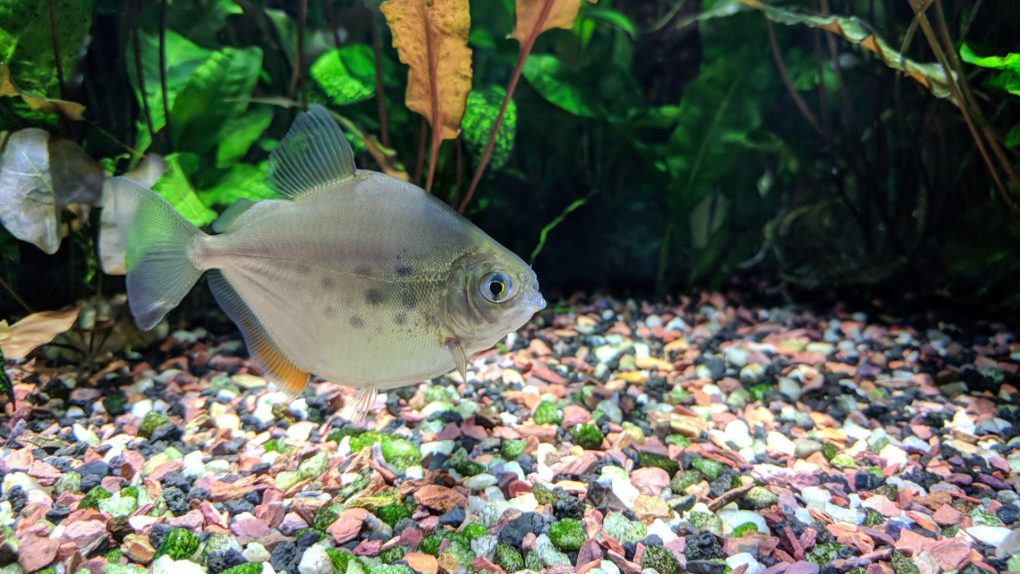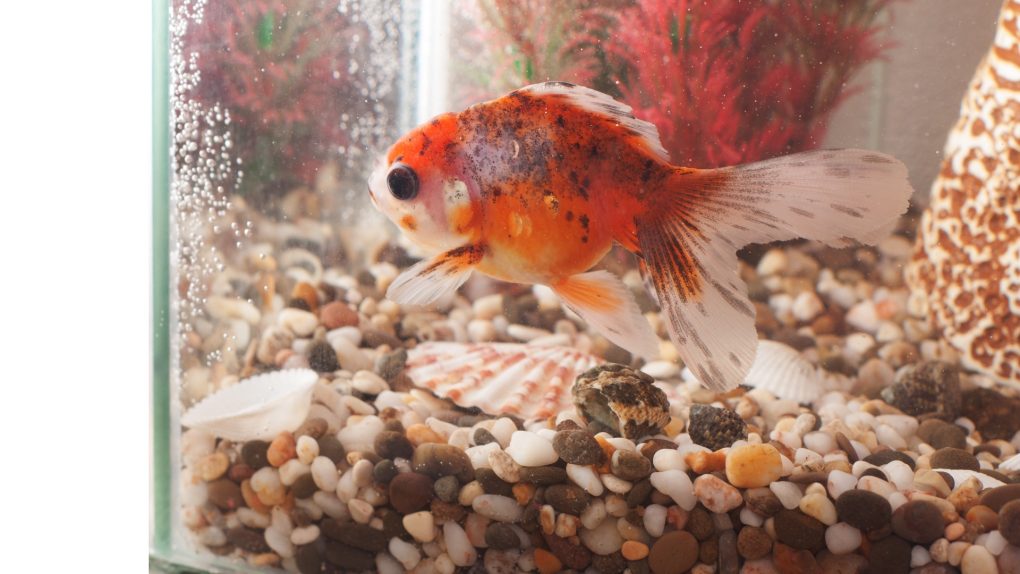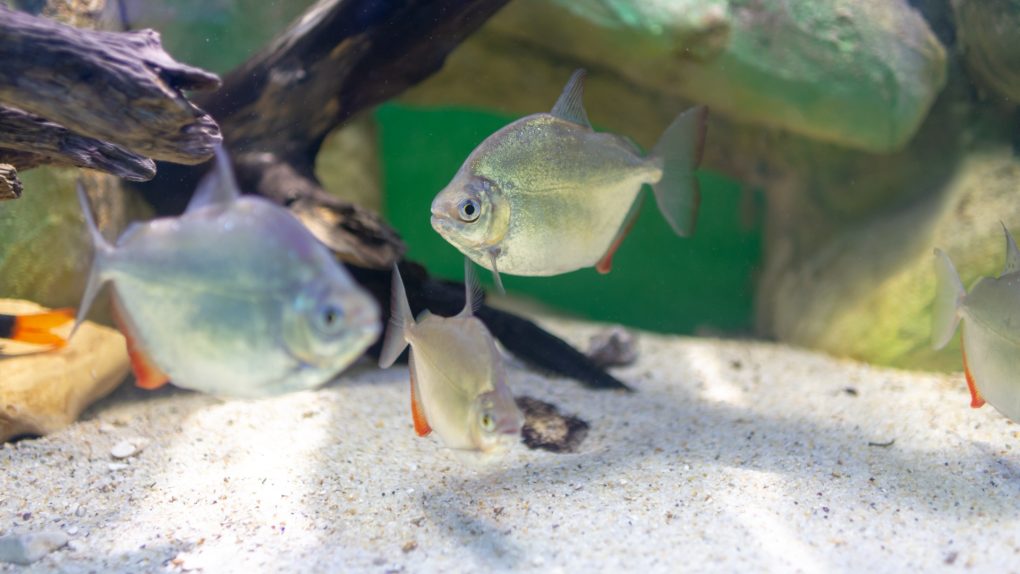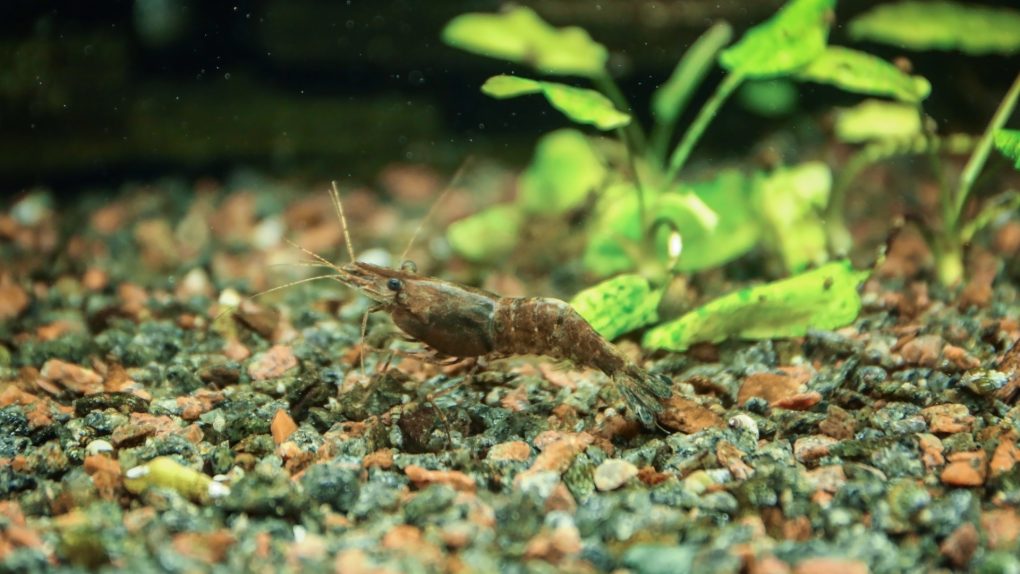What Is Aquarium Substrate: The Purposes and Types of Substrate
Aquarium substrate is the bottom layer of gravel or sand that sits on the water in an aquarium. It is responsible for the stability of the water column and provides a habitat for fish, plants, and algae.
There are many different substrates available on the market, but they all have one common purpose – to provide a comfortable living environment for your aquarium fish.

Table of Contents
Purpose of Substrate
A substrate is an essential component of an aquarium and helps to stabilize the water and provide food and shelter for aquatic plants. Many types of substrates are available on the market, so it’s essential to find the right one for your aquarium.
Bacteria Medium
Aquarium substrate is a type of soil that is used in aquariums to provide bacteria for the fish. It helps to keep the pH level stable and reduces nitrate levels in the water.
Fish Habitat
Aquarium substrate is the perfect habitat for fish. It provides plenty of surfaces for fish to swim on and hide, plus it keeps the water clear. Gravel is the most popular substrate because it’s natural and easy to clean. Additionally, gravel helps suppress algae growth, making your tank cleaner and brighter-looking.
To ensure your aquarium substrate is perfect for your fish, periodically remove any sediment buildup with an aquarium vacuum cleaner or eco filter unit.
Decoration
Aquarium substrate is perfect for those who want their tanks to look neat! Substrate comes in different textures and colors, so you can customize your tank to fit your style. Additionally, it’s easy to clean, making it an excellent option for people with busy schedules.
Different Types of Substrate
When it comes to aquarium substrate, there are a variety of options to choose from. For example, it’s essential to know what type of substrate is best for your aquarium, as the type of substrate will determine the type of fish you can keep. Consult a professional if you need help determining which substrate is suitable for your aquarium.
For freshwater aquariums, substrates like sand and gravel are popular. Dense sand substrate makes it easier for fish to hide, while gravel substrate provides more space for them to swim and feed.
Substrates like live rock or coral sand are often used for saltwater aquariums. Live rock is made of different types of coral and is often used in reef tanks as it provides a natural look and helps to create an environment similar to coral reef habitats.
Pebbles
For aquarium enthusiasts, pebbles are an essential and versatile substrate. They come in various colors and shapes, making them perfect for any tank. Most aquarists use pebbles as their substrate for fish tanks because they offer good drainage, filtration capabilities, and natural inertness to invertebrates.

Gravel
Gravel is an excellent substrate for an aquarium setup. It’s easy to clean and provides a friendly environment for plants and fish. Gravel also helps keep the water clean, making it ideal for those with sensitive tank environments or aquarists who want their tanks to look attractive.
Aquarium gravel is the perfect substrate for fish tanks as it offers a natural look and feel, plus it’s easy to clean. However, you’ll need to replace gravel often as it can get clogged up quickly.
Another downside of gravel is that it may only be suitable for some tanks – if your tank has a lot of movement, rock might be a better option. Consider using pebbles or sand if you’re looking for aquarium substrate that doesn’t move around.
Sand
Choosing the correct type of sand for your aquarium is essential. Different types suit different needs – from providing food and hide spaces to helping keep the water stable.
Some popular types of sand include natural, eco-friendly, and synthetic ones. When choosing a type of sand, consider what kind of fish you have and the type of aquarium you’re using it in!

Soil
Soil provides the substrate on which your fish live and grow, as well as a place for them to excrete waste. To have healthy fish, you need to use different soils in different proportions depending on the type of aquarium you have set up.
You can buy substrates online or at pet stores – both options are good because they allow you to fine-tune your substrate’s composition according to your specific needs and preferences. Always be sure that the substrate you choose is suitable for your tank’s water quality and pH level – this will help keep all the inhabitants happy!
Laterite
Laterite is a substrate that can be used with any fish – tropicals, cichlids, catfish, etcetera. It is easily cleaned with a good water change schedule – every two weeks. Suitable for fresh and saltwater aquariums, laterite provides excellent filtering, stability, and aeration to the tank substrate.
Vermiculate
Vermiculate is a type of substrate made up of tiny worm-like creatures. Its popularity has surged recently, as it is seen as one of the most beneficial substrate options for fish and plants.
To ensure your tank stays healthy and thriving, choose the suitable vermiculate substrate according to its instructions. Some substrates are easier to clean than others, so read the product’s description carefully before making a purchase!
Additionally, there are various types of vermiculate on offer, including live sand / live gravel mix, cichlid substrate, etcetera – so take your time choosing the right one for you!

Aragonite
Aragonite is a type of rock that can be used as the base for an aquarium. It is non-toxic, easy to clean, and comes in various colors, making it perfect for beginners starting with fish tanks.
Additionally, it absorbs water quickly, so your tank will stay healthy and free from algae growth. Aragonite is also great for aquarists who want to place plants on the substrate because it doesn’t corrode or rust.